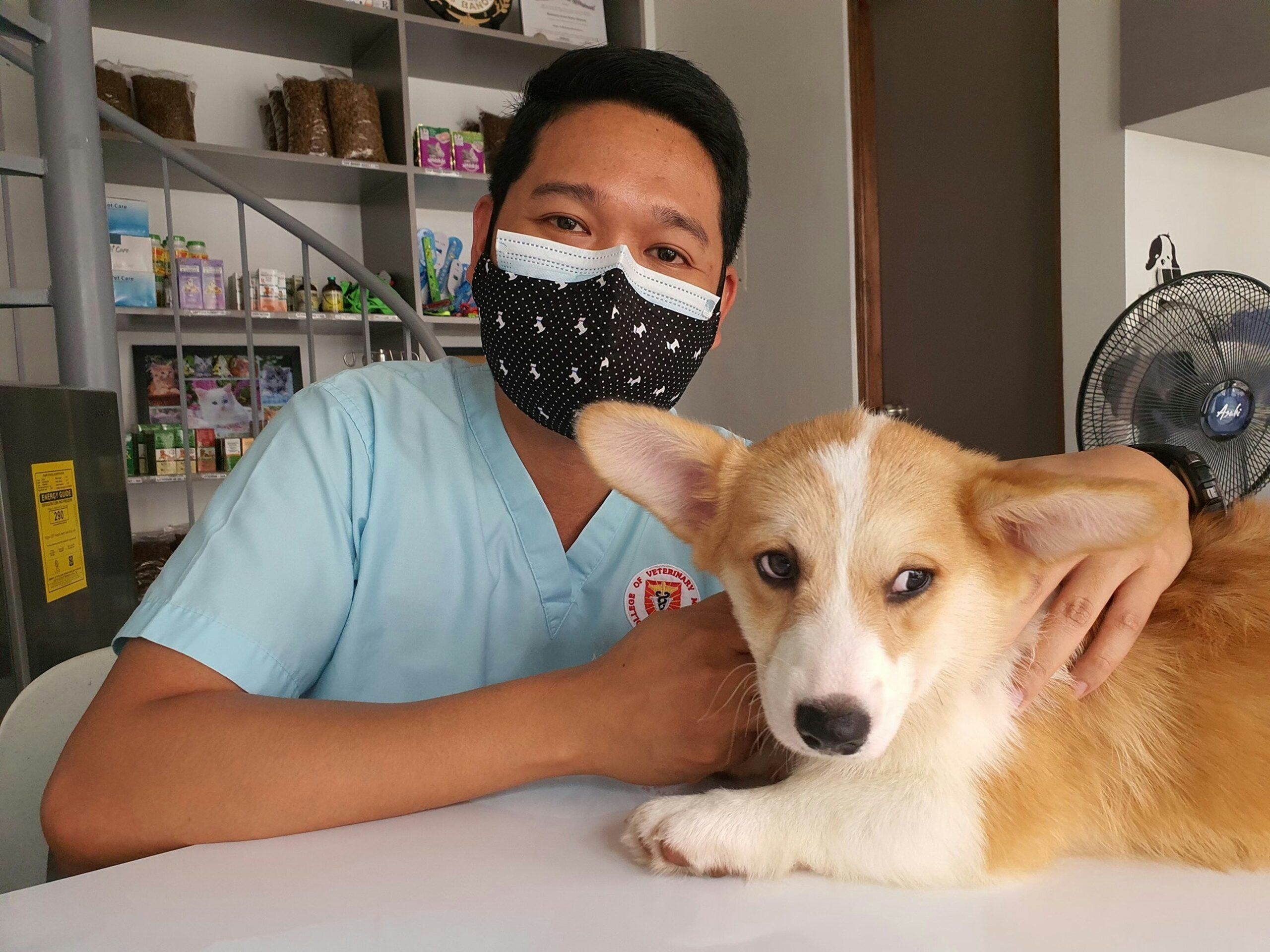If your dog has been scratching its ears a lot or you’ve noticed an unpleasant smell coming from them, they may have an ear infection. Ear infections are common in dogs, especially those with floppy ears or allergies. Left untreated, these infections can cause discomfort, pain, and even long-term damage. The good news is that early detection and proper ear cleaning can help prevent serious issues. In this article, we’ll go over the signs of an ear infection, how to check your dog’s ears, and the best way to clean them to keep your furry friend happy and healthy.
Signs Your Dog May Have an Ear Infection
Ear infections can be painful and irritating for dogs, but early detection can prevent complications. Here are some key signs that your dog may have an ear infection:
1. Unusual Odor from the Ears
A healthy dog’s ears should have little to no smell. If you notice a strong, foul odor coming from your dog’s ears, it could indicate an infection. Bacteria and yeast overgrowth are common culprits behind smelly ears and should be addressed promptly.
2. Debris or Discoloration in the Ears
Healthy dog ears are clean, with a small amount of wax but no visible dirt or debris. You can check your dog’s ears using a cotton ball or the head of a Q-tip. If you find dark brown or black discharge, it could be a sign of infection rather than normal dirt. Dogs’ ears are designed to stay clean on their own, so any buildup may indicate an issue.
3. Red, Inflamed, or Thickened Skin
Check the inside of your dog’s ears for any changes in skin color or texture. Infections can cause the ear lining to become red, swollen, scaly, or thickened. If you notice these symptoms, your dog is likely experiencing irritation and discomfort that requires medical attention.
4. Frequent Scratching or Head Shaking
Occasionally scratching the ears is normal, but if your dog is constantly scratching or shaking its head, it could be a sign of an infection or a foreign object in the ear canal. Dogs with ear infections often try to relieve discomfort by rubbing their ears against furniture or the floor.
5. Sensitivity or Pain When Touching the Ears
If your dog reacts negatively when you touch their ears—pulling away, whining, or even snapping—it’s a strong indication of discomfort. Ear infections can be painful, and some dogs may become more sensitive to touch as the infection worsens.
6. Loss of Balance or Unusual Head Tilting
In severe cases, an untreated ear infection can affect your dog’s balance. If you notice your dog tilting its head frequently, walking unsteadily, or seeming disoriented, the infection may have reached the inner ear. This requires immediate veterinary attention.
If you notice any of these signs, it’s best to consult your veterinarian for a thorough examination. Catching an infection early can prevent more serious health issues and help your dog stay comfortable and happy.
How to Clean Your Dog’s Ears Properly
Proper ear cleaning is essential for preventing infections and maintaining your dog’s ear health. Whether you’re cleaning as a routine practice or addressing an existing issue, following the right steps will ensure a safe and effective process.
1. Gather Your Supplies
Before you start, have everything you need within reach:
- Ear cleaner – You can use a vet-recommended solution or a natural option (such as a mixture of 1 part vinegar to 2 parts water).
- Cotton balls or Q-tips – Be cautious with Q-tips and only use them to clean visible areas.
- A towel – This will help manage the mess, especially since dogs tend to shake their heads after applying the cleaner.
2. Apply the Ear Cleaning Solution
- Gently lift your dog’s ear flap and pour a moderate amount of ear cleaner into the ear canal.
- Massage the base of the ear for about 30 seconds to help loosen debris.
- Let your dog shake its head—this helps remove excess solution and debris naturally.
3. Wipe Away Debris
- Use a cotton ball or soft cloth to wipe the visible parts of the inner ear.
- If using a Q-tip, avoid inserting it deep into the ear canal to prevent damage.
- Continue wiping until no more debris comes off on the cotton.
4. Apply Medication (If Needed)
- If your dog has an ear infection and your vet has prescribed medication, apply it according to instructions.
- Typically, medication is used twice daily for about 14 days.
- Be sure to follow up with your vet to confirm the infection has cleared completely.
5. Address Any Underlying Issues
- Frequent ear infections can be caused by allergies, foreign objects, or ear canal abnormalities.
- If infections are recurring, consult your vet to determine the root cause and develop a long-term solution.
By making ear cleaning a regular part of your dog’s grooming routine, you can help prevent painful infections and keep their ears healthy. If your dog resists ear cleanings or shows signs of pain, it’s always best to check with a veterinarian before continuing.
Conclusion
Caring for your dog’s ears is an important part of their overall health. Regular ear checks can help you catch infections early, and proper cleaning techniques can prevent recurring issues. However, if your dog frequently suffers from ear infections, it’s best to consult a veterinarian to address any underlying causes. By staying proactive with your dog’s ear care, you can ensure they stay comfortable and free from painful infections. Have you dealt with ear infections in your dog? Share your tips and experiences in the comments below!






